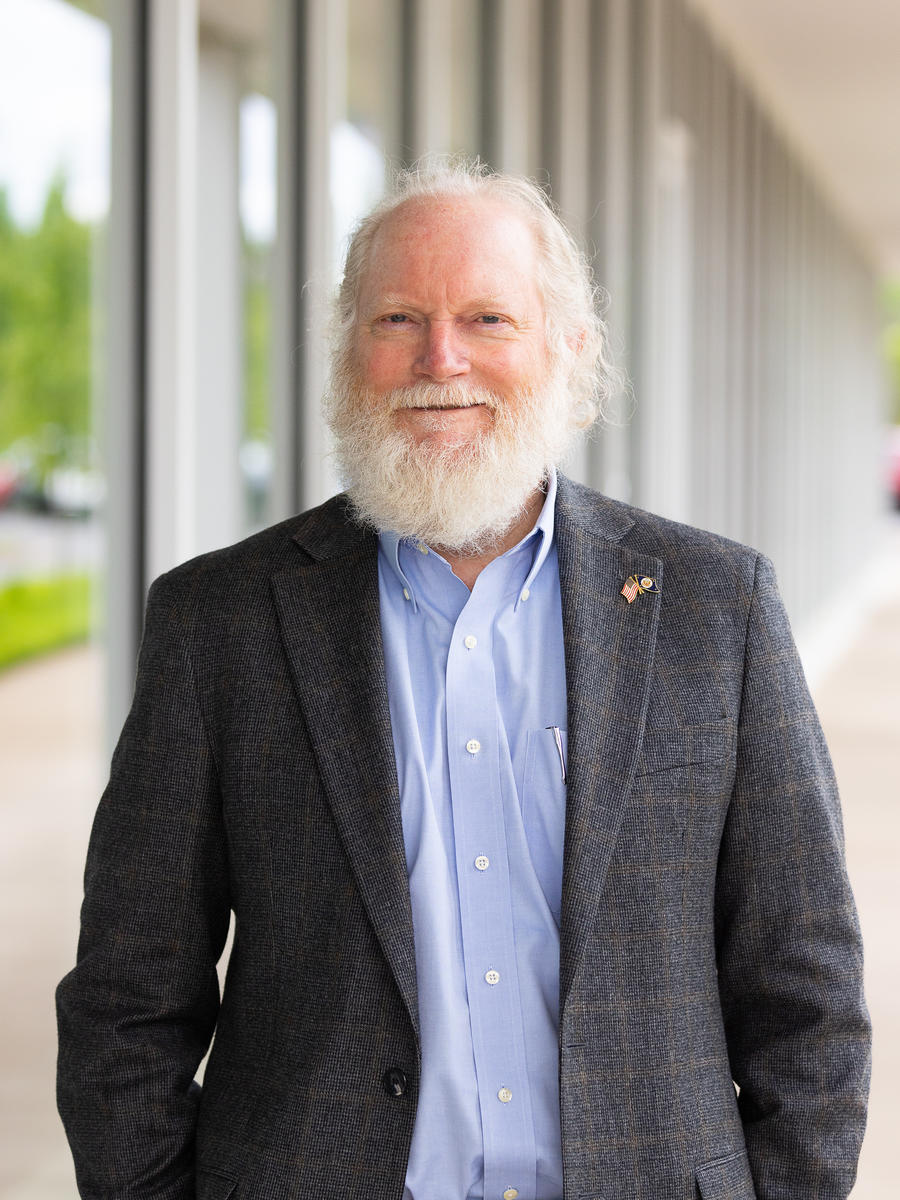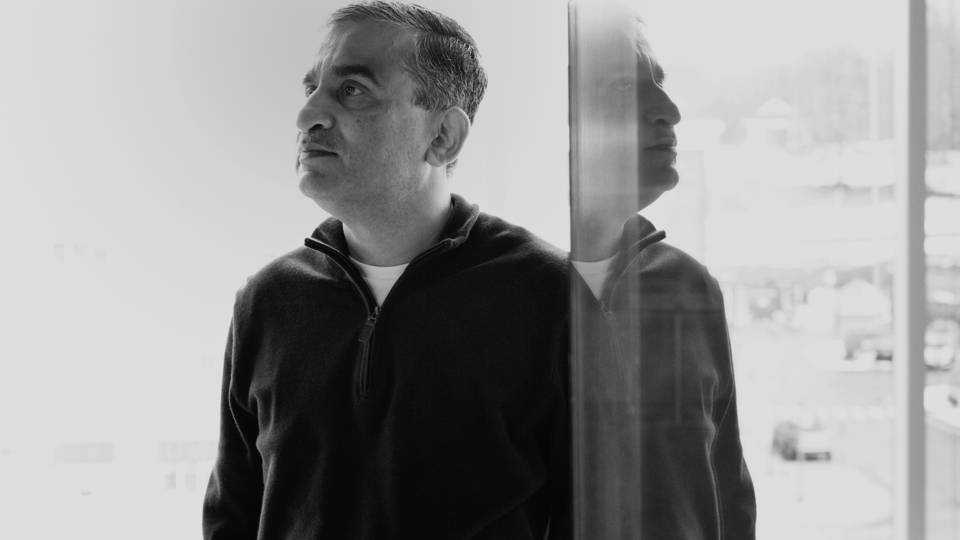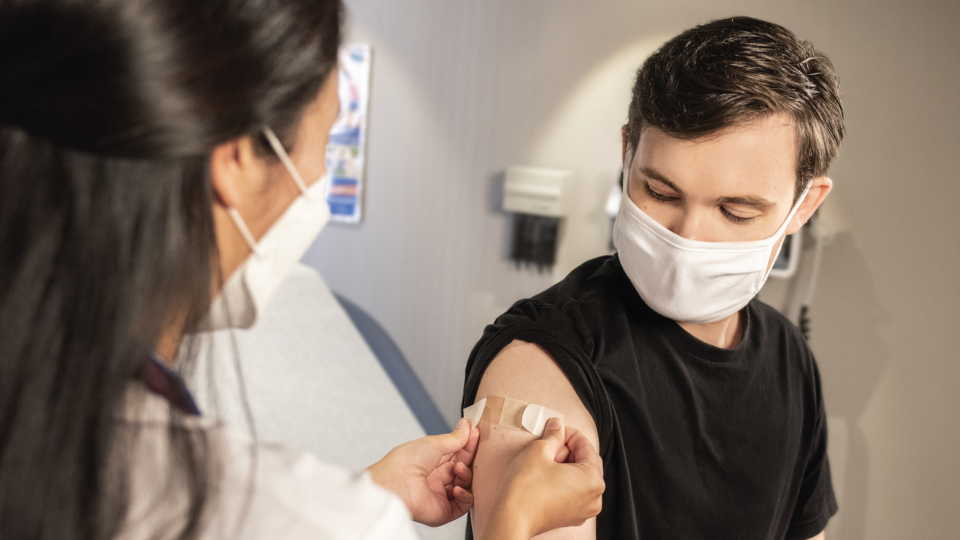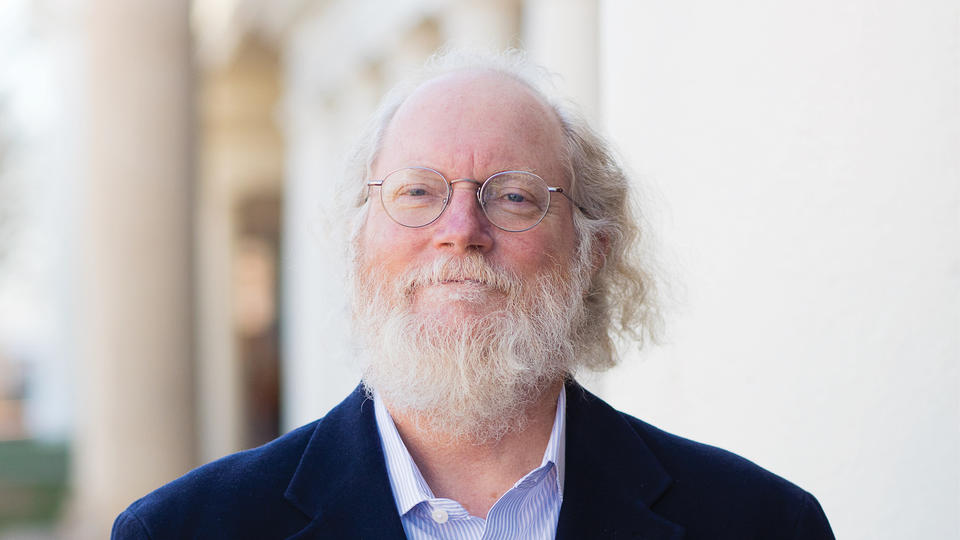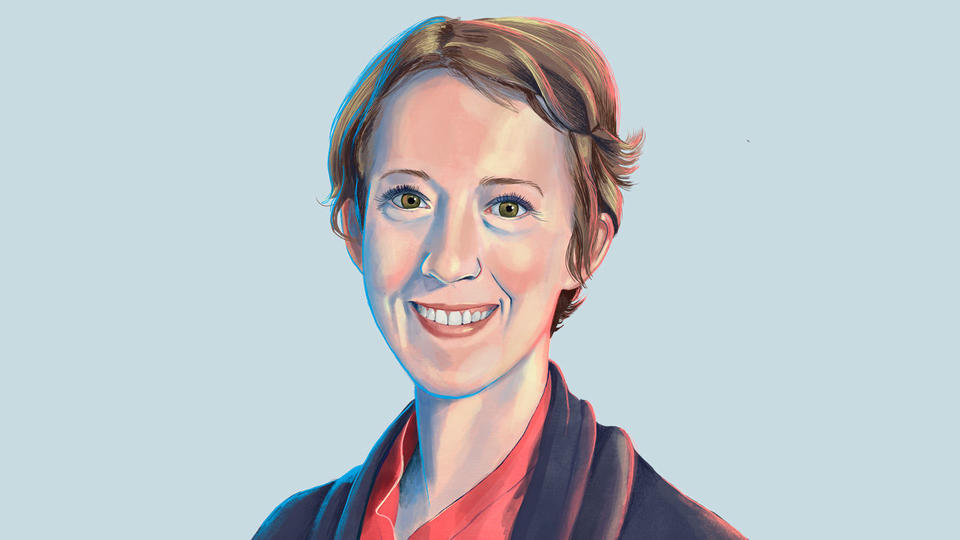Bio
Stephen Eubank is deputy director in the Network Systems Science and Advanced Computing division and a tenured professor, Department of Public Health Sciences. Eubank has previously researched fluid turbulence, nonlinear dynamics and chaos, time series analysis of markets (as a founder of Prediction Company), natural language processing (as Visiting Scientist at ATR in Kyoto, Japan), and simulations of large interaction-based systems. As a staff member at Los Alamos National Laboratory, Eubank played a leading role in the development of the traffic microsimulation component of the Transportation Analysis and Simulation System (TRANSIMS), developed the Epidemiological Simulation System(EpiSims) project, and served as team leader for the Urban Infrastructure Suite (UIS), of which both TRANSIMS and EpiSims are parts. UIS is a collection of interoperable simulations of interacting infrastructures, each of which simulates the behavior of every individual in a large urban region. The goal of UIS is to model the dynamics of systems including both physical and social components. Eubank joined the Biocomplexity Institute of Virginia Tech in January 2005, and pursued interests both in developing advanced technology for the study of realistic socio-technical systems and also in understanding how the dynamics of diffusive processes on networks, such as disease transmission, are related to the structure of the underlying networks. Eubank also serves as the Principal Investigator for one of the research groups that forms the National Institute of Health'S MIDAS (Modeling Infectious Disease Agent Study) network.
-
Simulating large socio-technical systems, computational epidemiology, scaling in complex systems, and network structure and graph theory
-
Swarthmore College, B.A. Physics, 1979
University of Texas at Austin, Ph.D. Physics, 1986
Los Alamos National Lab, Nonlinear Dynamics, Postdoctoral Associate, 1991
La Jolla Institute, Fluid Turbulence, Postdoctoral Associate, 1987
Perturbative methods for mostly monotonic probabilistic satisfiability problems
Researchers from UVA’s Biocomplexity Institute and School of Engineering and Applied Science, working with a team of multi-disciplinary scientists from around the world, have spent the last two years developing highly advanced computational models designed to inform policy makers, save lives and prepare for future global epidemics.
When the coronavirus reached Virginia, public health officials worried there would be so many patients, they would need to start building field hospitals right away. But a team of University of Virginia scientists, part of the Biocomplexity Institute, told the state to wait. The governor’s stay-at-home order, quarantines and social distancing that began in March 2020 could slow the disease’s spread.

Stephen Eubank, deputy director in the Network Systems Science and Advanced Computing division of the University of Virginia Biocomplexity Institute, has been named a 2021-2022 Jefferson Science Fellow.
Bryan Lewis and Stephen Eubank share their experiences mentoring Caitlin Rivers, a young epidemiologist helping to inform policy.

The true number of COVID-19 cases around the world is roughly 12 times the official count, and the number of deaths is 50 percent greater, according to a study by Massachusetts Institute of Technology researchers, who contend that a swifter response could have prevented one-third of fatalities.

As the COVID-19 global health crisis continues to unfurl worldwide, the questions around global pandemics are no longer “if” they will occur, but how frequent, widespread, and severe those that come next will become.
While vaccination is the primary and most effective way to prevent sickness and death caused by flu, the CDC reports that less than 40 percent of Americans age 18 and older typically receive a flu shot. This begs the question: what additional mitigation and prevention methods might improve the public health response and policy development for the flu?
